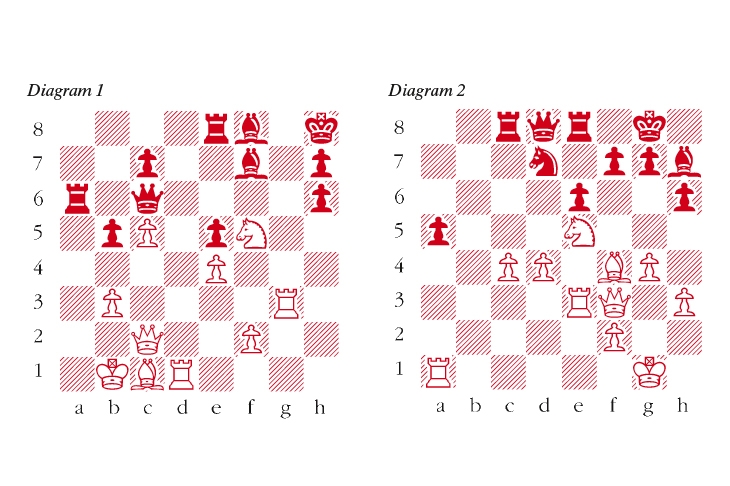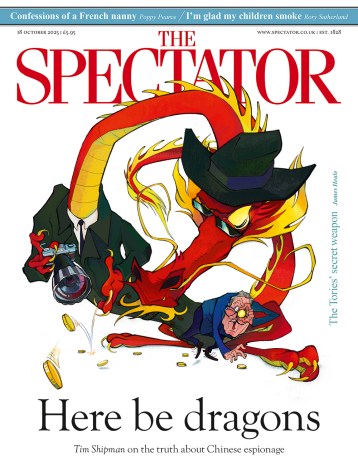‘Willing to wound and yet afraid to strike,’ wrote Alexander Pope about Atticus. Those lines more or less describe the entire tone of the London Classic, which concluded towards the end of last year. Though it was a powerful event, there were too many anodyne draws to stir the blood of either the live audience or the substantial online one. In the first three rounds, there was not one decisive game, while in the clash between Aronian and Karjakin, the latter, as if reluctant to break union rules and actually win a game, agreed a draw in a winning position.
The final scores (out of nine) were as follows: Caruana and Nepomniachtchi 6, Carlsen, Vachier-Lagrave and So 5, Nakamura 4½, Aronian 4, Karjakin 3½, Anand and Adams 3.
My modest proposal to prevent this torpor at the top is to have all draws replayed as Armageddon games (short time limit, extra time for White, but Black gets the point if the game is a draw), thus ensuring a virtually exclusive tally of decisive outcomes. Of course, the chief arbiter could make exceptions where a draw had been truly hard fought and thus allow the splitting of the point to stand.
Caruana-Anand: London Classic 2017
(see diagram 1)
This position is complicated but not necessarily bad for Black. However, his next move is too slow and enables Caruana to increase pressure on the a1-h8 diagonal. 32 … b4 32 … Bxc5 or 32 … Qxc5 are more to the point. 33 Bb2 Bg6 34 Rd5 Qb5 35 Rg1 c6 36 Rxe5 Rxe5 37 Bxe5+ Kg8 38 Bd4 Kf7 39 Nh4 Black resigns
Carlsen-Nepomniachtchi: London Classic 2017
(see diagram 2)
Carlsen has an excellent position here as his passed c-pawn is a real threat. However, he now goes off piste with his knight and quickly loses the thread of the game. 31 Nc6 Qf6 32 Nxa5 Nb6 Although White has won a pawn he has allowed Black to free himself. White’s pawns are weak, his king is slightly vulnerable and his pieces are rather uncoordinated. Chances are equal. 33 c5 Embarking on an unfortunate tactical adventure. 33 Rb3 keeps it equal. 33 … Rxc5 34 dxc5 Qxa1+ 35 Kh2 Qxa5 36 Qc6 Losing immediately. 36 cxb6 Qxb6 isn’t much fun for White but Carlsen would probably be able to hold the draw.
36 … Qa4 Now Black is simply a piece up.
37 Qxa4 Nxa4 38 c6 Nb6 39 c7 f6 40 Rb3 Nc8 White resigns
Raymond Keene
Willing to wound | 18 January 2018

issue 20 January 2018




Comments